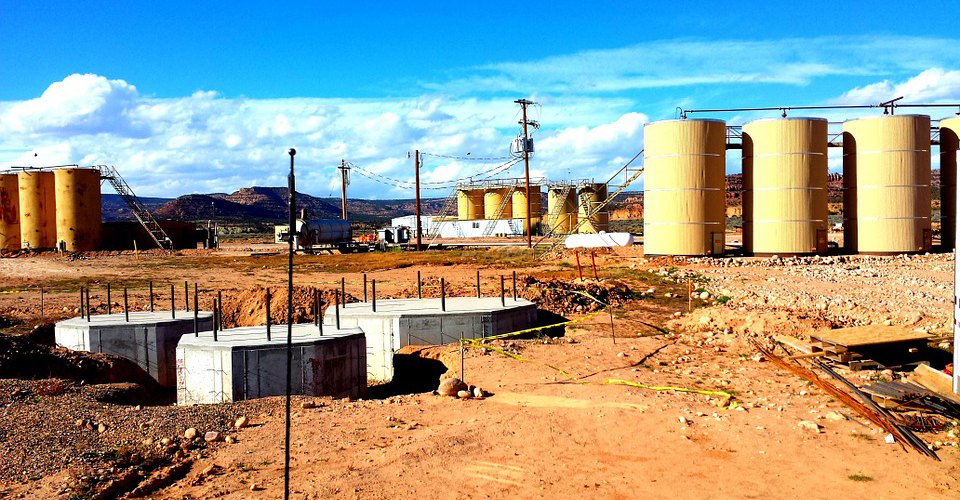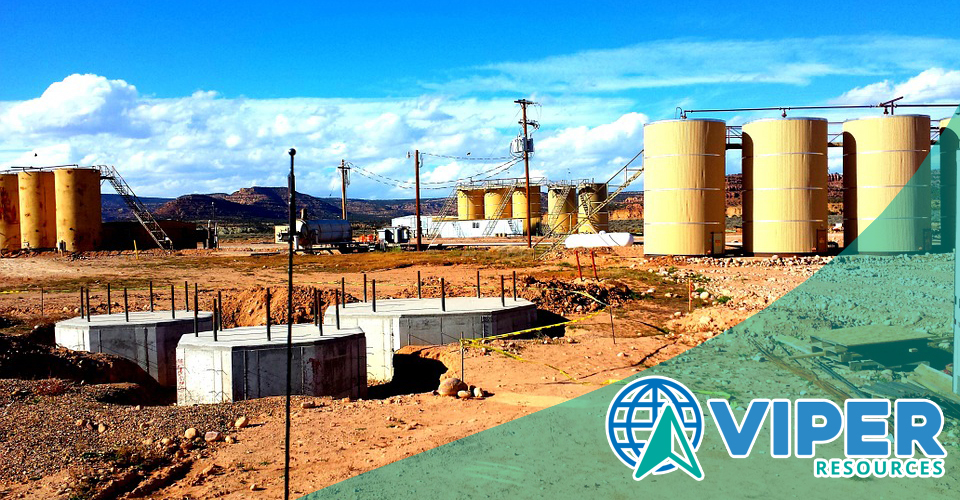The Booming Oil & Gas Industry in Canada
Canada has emerged as a major player in the global oil & gas industry over the past few decades. With abundant natural resources and a business-friendly environment, the country has attracted a wide range of companies both big and small. From drilling for oil sands in Alberta to exploring for natural gas in British Columbia, Canada’s oil & gas industry is a critical part of its economy.
The oil & gas industry is one of the largest employers in Canada, providing jobs for over 500,000 people. Despite the economic challenges that have emerged in recent times, particularly in 2020 due to the COVID-19 pandemic, this sector has held its ground and come out on top.
Canada is known for its vast reserves of oil sands, which are a key contributor to the country’s oil production. Oil sands are a combination of sand, water, and bitumen, a thick, molasses-like substance. The oil sands are found mainly in the Athabasca region of Alberta, and have been a vital resource for the country’s energy security. Canada ranks third globally in proven oil reserves, with 168.9 billion barrels, after Venezuela and Saudi Arabia.
Not only does the oil & gas industry provide significant economic benefits to Canada, but it also supports the country’s transition to renewable energy. The revenues generated from this sector help in the development of alternative sources of energy, which ultimately reduces the country’s carbon footprint. Furthermore, many oil & gas companies have set their sights on transitioning to renewable energy sources in the long run.
The oil & gas industry in Canada is also notable for its significant contribution to innovation and technology. Over the years, the sector has leveraged technology to make operations more efficient and cost-effective. From exploration and drilling to refining and transportation, technology has transformed every aspect of the industry.
Challenges Faced by the Oil & Gas Industry in Canada
Despite its many successes, the oil & gas industry in Canada is not without its challenges. One of the primary challenges is the changing political landscape. The country has recently passed new laws and regulations to reduce greenhouse gas emissions, which some companies in the sector have found to be stringent.
Another challenge is the decline in oil prices. The COVID-19 pandemic has led to a significant drop in demand for oil, which caused prices to plummet. Many companies have had to cut back on operations and lay off workers, which has put a strain on the industry.
Furthermore, the oil & gas industry in Canada has come under scrutiny from environmentalists, who argue that the sector is harmful to the environment. While the industry has taken steps to reduce its carbon footprint, many feel that more needs to be done to mitigate the damage.
Conclusion
In conclusion, the oil & gas industry remains a critical part of Canada’s economy, contributing significantly to the country’s energy security. Despite the challenges it faces, the industry has continued to innovate and invest in new technologies to make operations more efficient and cost-effective. With a renewed focus on renewable energy and efforts to reduce greenhouse gas emissions, the industry is poised for continued growth and success in the coming years.
Quilbot Edited Version:
Canada has become one of the major players in the global oil and gas industry over the past few decades, with numerous companies making the most of its considerable natural resources and positive, business-friendly environment. From Alberta’s oil sands to Northwest British Columbia’s natural gas pockets, the country’s oil and gas industry is a critical component of its economy. As one of the largest employers in Canada, providing jobs to over 500,000 people, the sector has held its ground firmly and come out on top despite various ecnomic challenges that have arisen.
Oil sands – a combination of sand, water, and bitumen, a thick tar-like substance – are Canada’s critical source of oil production. Oil sands are mainly found in Alberta’s Athabasca area and are vital to the country’s energy security. Canada ranks third worldwide in proven oil reserves, with 168.9 billion barrels, following only Venezuela and Saudi Arabia.
Furthermore, the industry supports the country’s transition to sustainable energy by generating enough revenue to foster the development of alternative energy sources, which eventually reduces Canada’s carbon footprint. Additionally, many oil and gas firms have set their sights on switching to renewable energy sources in the long run.
Innovation and technology are also essential aspects of the oil and gas sector in Canada. Over the years, the industry has leveraged technology to enhance efficiency and cost-effectiveness in every aspect of their operations, from exploration to refining and transportation.
However, the oil and gas industry in Canada is faced with some challenges, one of which is the ever-changing political landscape; recently, the country has passed new laws and regulations that are considered stringent and pose a challenge to players in the industry. The COVID-19 pandemic has led to a significant decrease in demand for oil, which caused prices to fall. Many companies in the industry had to cut back on operations and lay off workers, causing significant strain. Finally, environmentalists claim that the sector is harmful to the environment, though the industry has taken certain measures to reduce its carbon footprint, many feel that more needs to be done to address this issue.
In conclusion, the oil and gas industry remains critical for powering Canada’s economy and contributing significantly to its energy security. Despite the challenges presented, the industry continues to innovate, investing in new technologies to bolster cost-effectiveness and efficiency. With a renewed emphasis on renewable energy and green efforts to reduce greenhouse gas emissions, the industry is on the verge of much more growth and success in the years ahead.
















